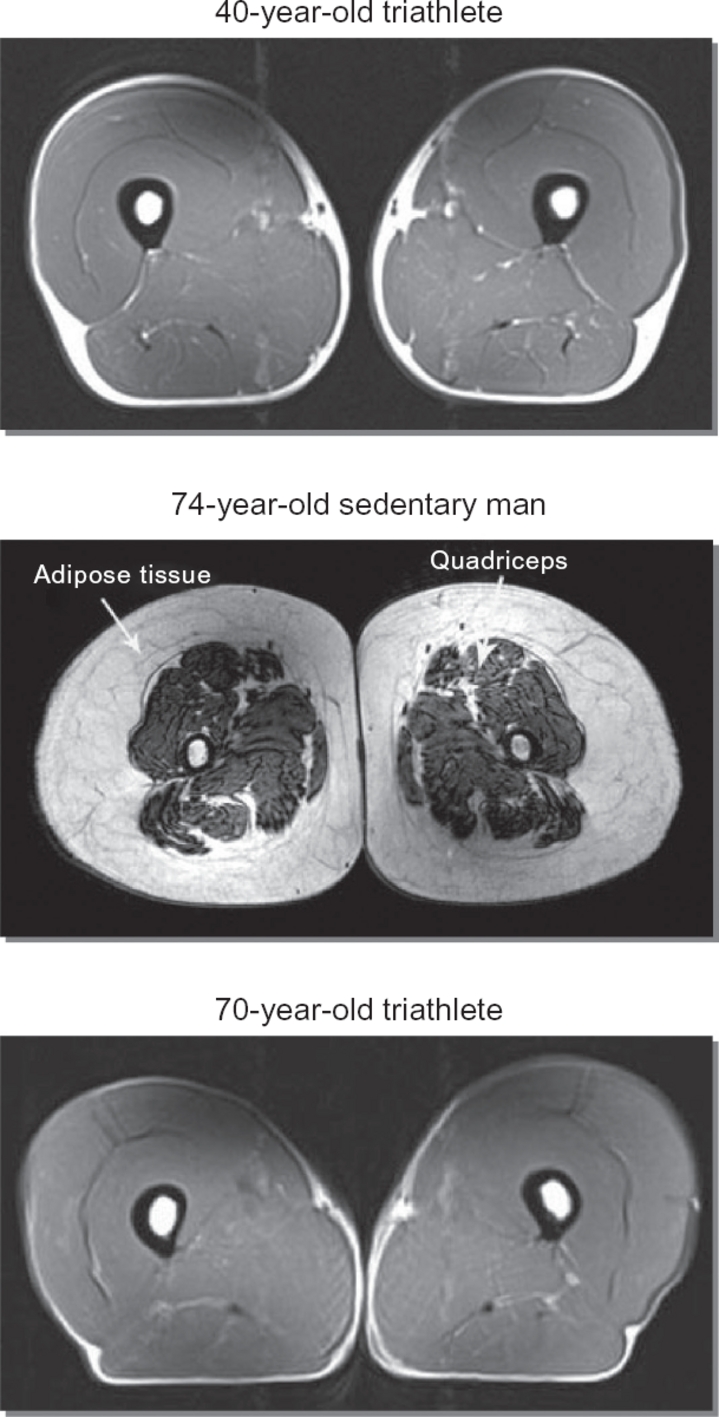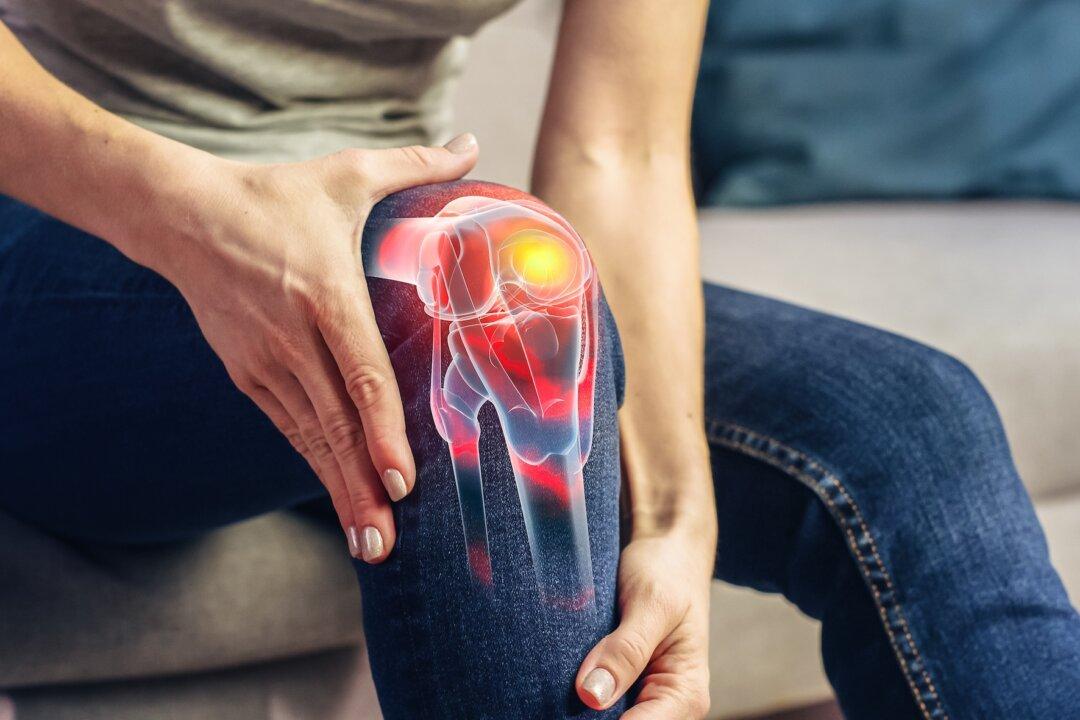Aging causes you to lose strength, no matter how much you exercise. Muscles are made up of hundreds of thousands of individual fibers, like a rope is made up of many strands. Each muscle fiber is innervated by a single motor nerve. With aging you lose motor nerves, and with each loss of a nerve, you also lose the corresponding muscle fiber that it innervates. Thus, for example, the vastus medialis muscle in the front of your thigh contains about 800,000 muscle fibers when you are 20, but by age 60, it probably has only about 250,000 fibers. However, after a muscle fiber loses its primary nerve, other nerves covering other fibers can move over to stimulate that fiber in addition to stimulating their own primary muscle fibers. A regular exercise program can help to slow the loss of muscle fibers and improve mobility [1].
 After age 40, people lose an average of eight percent of their muscle size per decade and by age 70, the rate of muscle loss nearly doubles to 15 percent per decade, markedly increasing risk for disability and disease [2]. After age 65, up to 50 percent of North Americans suffer from sarcopenia that is significant enough to limit their daily activities [3]. The people who lose the most muscle are usually the ones who die earliest. They are also most at risk for falls and broken bones.
After age 40, people lose an average of eight percent of their muscle size per decade and by age 70, the rate of muscle loss nearly doubles to 15 percent per decade, markedly increasing risk for disability and disease [2]. After age 65, up to 50 percent of North Americans suffer from sarcopenia that is significant enough to limit their daily activities [3]. The people who lose the most muscle are usually the ones who die earliest. They are also most at risk for falls and broken bones.




